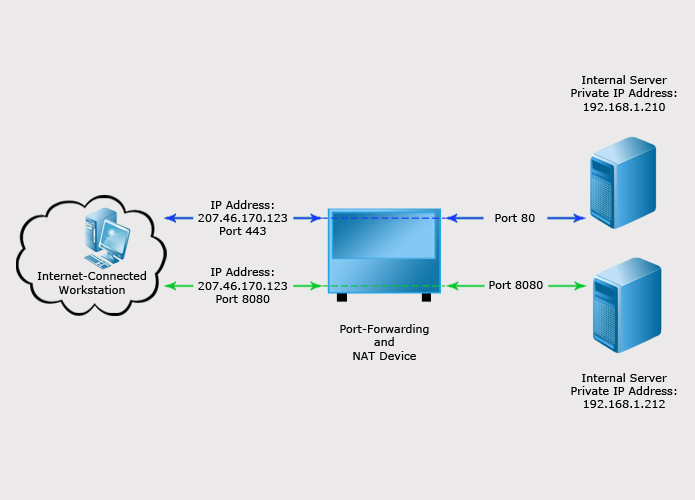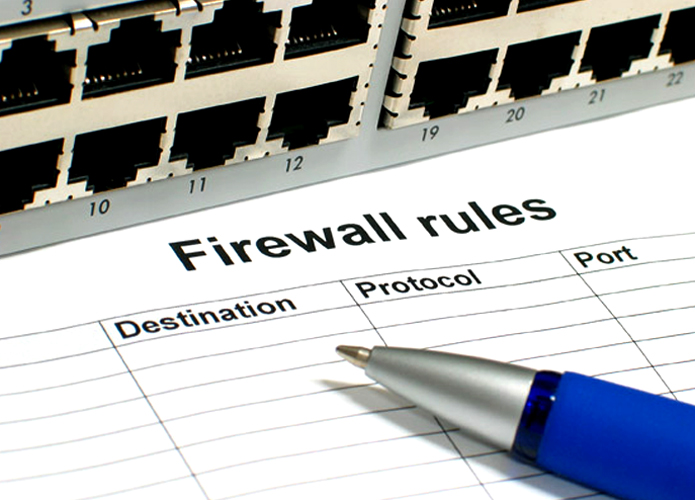Network Security,
Firewalls, and VPNs
Firewall Design Strategies
Think about answers to the following questions. Then, click each question to reveal its answer. After going through the answers, click the ACTIVITY button to attempt a simple activity related to the limitations of a firewall.
- What are the limitations of a firewall?
- What are the limitations of encryption with a firewall?
- What are the benefits and drawbacks of malware scanning by firewalls?
- What are the benefits and drawbacks of intrusion detection systems (IDSs) and intrusion prevention systems (IPSs) provided by firewalls?
- What are the benefits and drawbacks of a firewall acting as a virtual private network (VPN) endpoint?






One of the common strategies for security is to implement a combined defense-in-depth and defense-in-diversity strategy. Click the RESOURCES icon to know more about the various firewall security strategies that would be suitable for the client's network environment.
- What is a reverse proxy?
- What is port forwarding?
- What is the benefit of adding port forwarding to network address translation (NAT)?



Think about answers to the following questions related to bastion hosts and ingress or egress filtering. Then, click each question to reveal its answer. After going through the answers, click the ACTIVITY button to attempt a simple activity related to bastion hosts.
- How are bastion hosts used to avoid firewall limitations?
- How does ingress and egress filtering help define firewall rules?


Think about answers to the following questions related to firewall rules. Then, click each question to reveal its answer. After going through the answers, click the ACTIVITY button to attempt a simple activity related to firewall rules.
- How are bastion hosts used to avoid firewall limitations?
- How does ingress and egress filtering help define firewall rules?
- How are bastion hosts used to avoid firewall limitations?
- How does ingress and egress filtering help define firewall rules?




In this section, you will have an opportunity to practice the concepts and processes that you have explored in this lesson.
The Hands-On Lab provides you with an engaging learning experience that is diagnostic and flexible. Following the instructions provided in the Lab Manual, you will be able to practice the steps IT Security Specialists perform on a daily basis and develop the skills required for effective execution and management of IT Security operations.
In this section, you will have an opportunity to apply what you’ve learned in this lesson in the context of analyzing a business situation. Although simplified, a problem scenario provided here depicts the challenges often faced by professionals in the workplace.
In this interactive case study, you will explore a business situation, review critical information related to the problem discussed in the case, decide on the course of action, and receive a decision analysis summary that discusses the implications of your decision. Once you analyze the impact of your decision, explore alternative solutions to learn about other potential ways to address the issue in the case. Complete your work on the case by submitting the graded assignment that will reflect on your process of analyzing the business situation and defining an appropriate course of action.
Click the image of the manager to get his instructions.
After you have gone through the challenge, navigate to Contributing Factors from the panel at the top of your screen.
Ask a Consultant

Read E-mail
Review Critical Considerations
Select the icons from the top to receive additional
information related to the situation
Tasks
- Consider the advice of the consultant.
- Review the critical considerations.
- Access the previously gathered data in Part 1 of this project.
- Identify vulnerabilities and clear-text information transfer.
- Conduct research and determine the best network design to ensure security of internal access while retaining public Web site availability.
- Identify any opportunities for reduced ISP costs through port redirection or address translation.
- Design a network configuration, identifying network gateways, port or address redirection systems, and the location of hosts within private and protected network segments.
- Create a professional report detailing the information above as supportive documentation for the network security plan.
- Create a report that includes a basic network diagram and research results.











